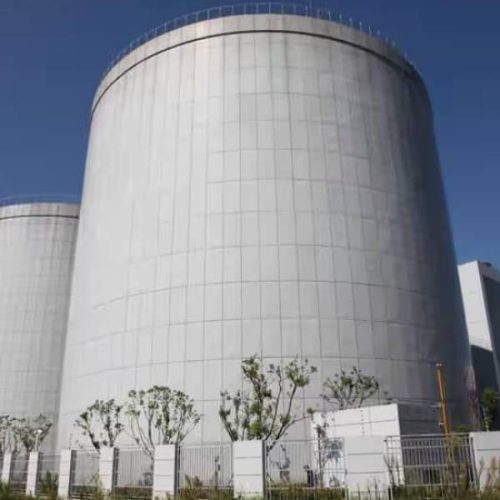Latest News
-
Expanding Applications and Emerging Research Directions of Polyaspartic CoatingsKnowledge16 Oct, 2025
At present, Polyaspartic elastomer materials are being applied in an increasingly wide range of fields — from major national projects such as the Beijing–Shanghai High-Speed Railway, Olympic venues, and the World Expo pavilions, to everyday uses such as pipeline linings, basketball court flooring, and tile grouting. In recent years, to better utilize the advantages of […]
Learn More -
Research on the Modification of PolyasparticKnowledge15 Oct, 2025
For applications or environments with special requirements, the intrinsic properties of the material are often insufficient—such as thermal resistance at high temperatures or flexibility at low temperatures—so modification of the material is necessary. Current modification methods for Polyaspartic include resin modification, nanomodification, and other techniques. Resin Modification Resin modification introduces resin molecules into the Polyaspartic […]
Learn More -
 Recommended and Unsuitable Applications of PolyureaKnowledge19 Nov, 2024
Recommended and Unsuitable Applications of PolyureaKnowledge19 Nov, 2024Polyurea is widely applied in waterproofing, especially the advanced third-generation polyaspartic formulations. Due to its excellent physicochemical properties, ease of application, and environmental benefits, it is considered superior to many conventional waterproofing materials and techniques. However, despite its many advantages, polyurea has limitations in certain applications.
Learn More -
 Polyaspartic Waterproof Coating: Superior Solution for Exterior WallsKnowledge19 Nov, 2024
Polyaspartic Waterproof Coating: Superior Solution for Exterior WallsKnowledge19 Nov, 2024The exterior wall transparent polyaspartic waterproof coating is made by reacting high-purity polyaspartic resin with isocyanate prepolymer. This creates a durable and transparent waterproof layer. It adheres directly to substrates like wall tiles, resisting peeling, surface powdering, or blister formation. This product provides long-lasting waterproof protection, excellent weather resistance, strong adhesion, flexibility, abrasion resistance, crack resistance, and eco-friendliness. It effectively prevents water seepage, ensuring a reliable and extended service life for wall surfaces.
Learn More -
 What are Eco-friendly Coatings? How to Choose Eco-friendly Coatings?Knowledge19 Nov, 2024
What are Eco-friendly Coatings? How to Choose Eco-friendly Coatings?Knowledge19 Nov, 2024Eco-friendly coatings are advanced products that meet environmental and safety standards while offering performance benefits across various applications. Key types include UV-curing, powder, water-based, high solid content, and polyaspartic polyurea coatings. Polyaspartic polyurea stands out for its low VOC emissions, fast curing, and excellent durability, making it ideal for industrial anti-corrosion, waterproofing, and flooring, despite its higher cost. These coatings contribute to sustainability by reducing energy consumption, eliminating wastewater treatment needs, and ensuring strong performance under diverse environmental conditions.
Learn More -
 Third-Generation Polyaspartic Polyurea: Differentiation and AdvantagesKnowledge19 Nov, 2024
Third-Generation Polyaspartic Polyurea: Differentiation and AdvantagesKnowledge19 Nov, 2024Polyurea has evolved significantly over the years, leading to the development of three generations: aromatic polyurea (first generation), aliphatic polyurea (second generation), and polyaspartic polyurea (third generation). As of now, aromatic polyureas dominate the market with a 70% share, followed by polyaspartic polyureas at 25%, and aliphatic polyureas at 5%.
Learn More
